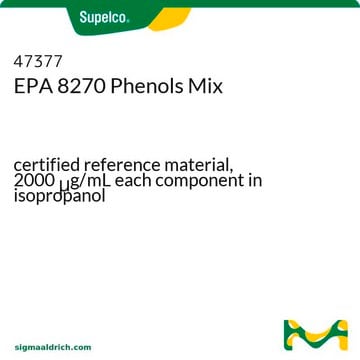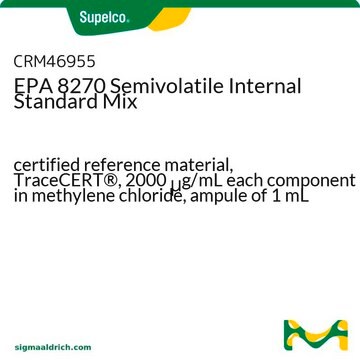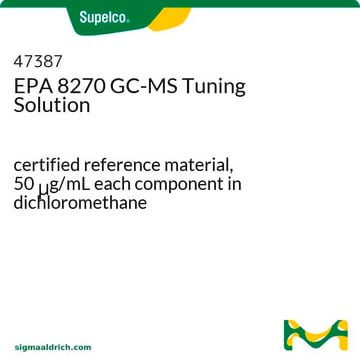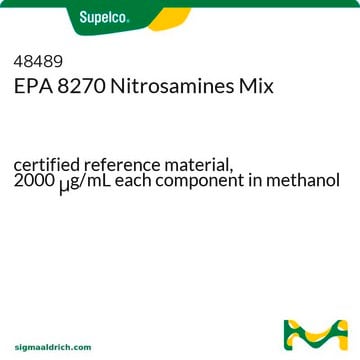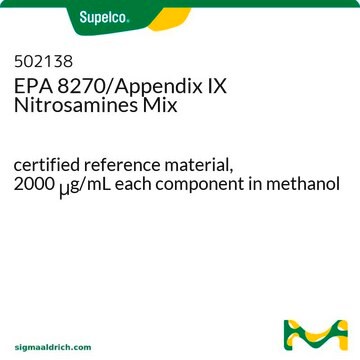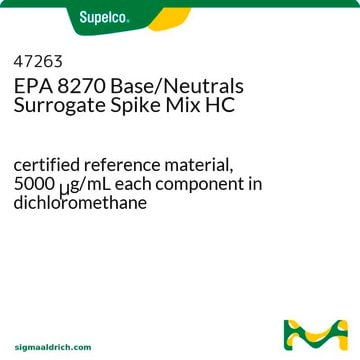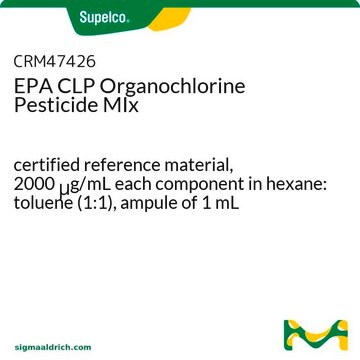The variation in phase between the SPB-5 and Restek Rxi-PAH columns leads to differences in retention time, RRT (relative retention time), and potentially elution order. The SPB-5 is a non-polar poly(5% diphenyl/95% dimethyl siloxane) boiling-point column, while the Restek Rxi-PAH column is characterized by a higher phenyl-content stationary phase, making it polar.
The difference in phase, non-polar versus polar, between the two column types can result in varying retention times and/or elution order. It's worth noting that even a polar column run at different temperatures and/or temperature programs can alter elution order and retention time due to the different polarity of the phase at different temperatures.
